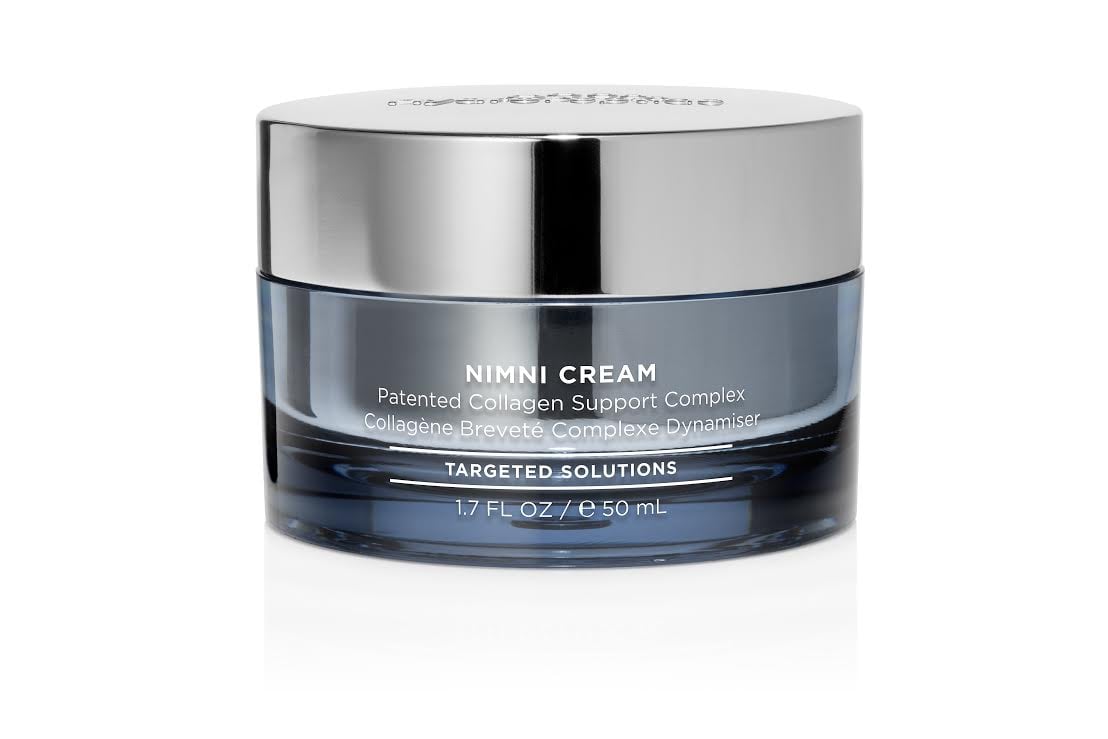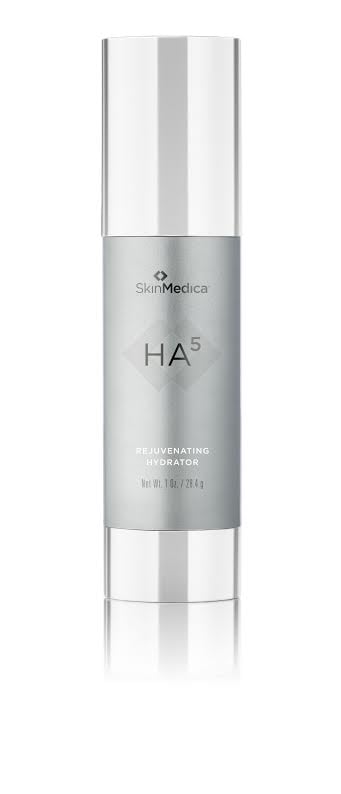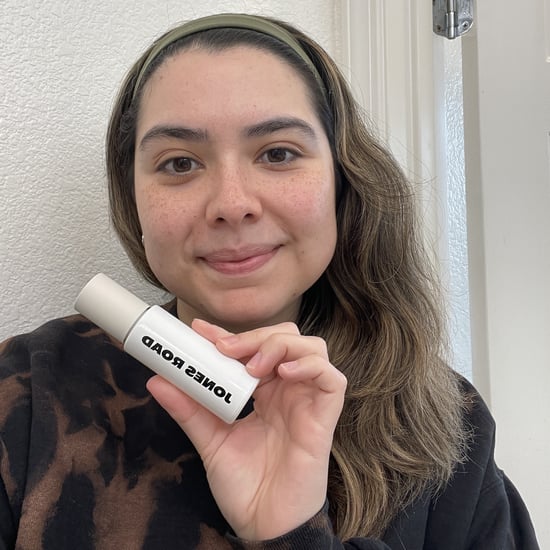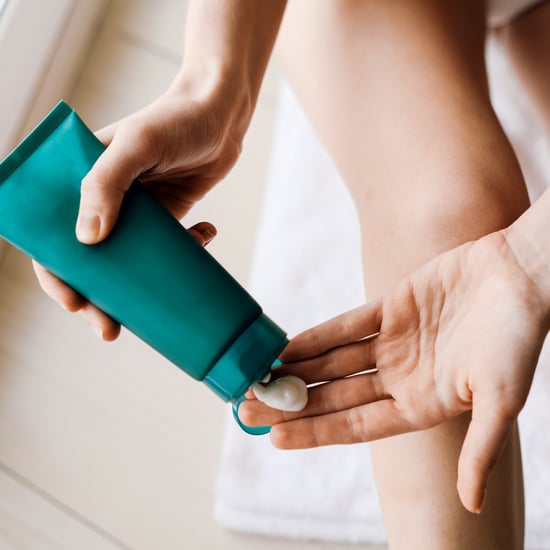Skincare Ingredients You Should Never Mix
5 Skincare Ingredients You Should Never Mix — and 4 You Should

As a beauty writer, my vanity, bathroom cabinet, bedside table, and nearly every other drawer or empty box in my apartment is filled to the brim with makeup and skincare products.
What can I say? I'm a little obsessed. Plus, it's kind of my job to try different products, right? Well, at least that's how I justify it. But one thing I've learned over the years of trying and testing just about every single product line I can get my hands on is that there's no one-size-fits-all: what works for your skin might not work for someone else's, especially when mixing and matching is involved.
I had to learn the hard way: after breaking out and getting greasier than an empty pizza box after using a cleanser, toner, serum, moisturiser, eye cream, and face mask from a myriad of different companies as part of my daily and weekly regimen. I realised I was doing something (or many things) wrong.
I went to see my derm, whose first question was: which skincare products are you using? I gave her the full list. That's when she explained to me that this hybrid of formulas was most likely the culprit. "Some active ingredients used in skincare products can act as irritants when mixed with others, particularly in individuals with sensitive skin," explained Joyce Imahiyerobo-Ip, M.D., Director of Cosmetic Dermatology at South Shore Medical Center.
That's not to say you can't use more than one line of product — it's just that you have to consider which ingredients each product and brand contains and whether or not that combination could wreak havoc on your skin. Combining skincare ingredients that don't go together can lead to more than just breakouts and greasiness, but also redness, flakiness, burning, or, at the very least, will cause the ingredients to cancel each other out, leaving you without so much as a little added moisture at most. To help you achieve a healthy, clear glow, we asked skincare insiders to reveal the ingredient combinations that are more powerful when used together and the ones that lead to adverse effects when slathered together.
Don't mix: benzoyl peroxide and retinol
If you've been dealing with acne for a while, you probably already know that both of these ingredients work to prevent breakouts. But there's a good reason they're not often used in combination in the very same product. "Benzoyl peroxide is a potent acne product that's great for inflammatory acne, but many people are unaware that benzoyl peroxide can inactivate a topical retinol," explained Dr. Imahiyerobo-Ip.
This doesn't mean that you cannot use benzoyl peroxide during the same period that you're using retinol; it just means they should never be layered on top of each other or you'll be in for a rude (and red) awakening. Dr. Imahiyerobo-Ip recommends using benzoyl peroxide in the morning and a retinoid at night.
Mix: retinol and glycerin
Retinol is a miracle skincare ingredient, but it's also pretty drying. That's why dermatologists and estheticians urge their patients and clients to use it sparingly. It's also recommended to use a bit at a time until skin is accustomed to it and stops peeling from it. One ingredient that can help prevent irritation when using a retinol-containing product is glycerin, a powerful humectant that helps draw water to the skin.
"When used together, they work synergistically to combat the signs of ageing while also moisturising the skin to minimise the irritating effects of retinoids," said Dr. Imahiyerobo-Ip. A great product that combines the amazing benefits of a retinol with the moisturising benefits of glycerin is Hydropeptide's Nimni Cream (£85).

Don't mix: vitamin C and alpha hydroxy acids
Both of these ingredients offer antioxidant benefits, but when combined, they can throw off the pH balance of your skin due to too high levels of acidity. Products containing vitamin C (L-ascorbic acid) as an ingredient contain low levels of acidity (typically a three on a scale of 14). When you use this kind of product along with an alpha hydroxy acid, like glycolic or salicylic acid, you're essentially reducing the effectiveness of the vitamin C product. Is it dangerous or irritating to combine them? Probably not. But you'll be wasting a whole lot of what might be an expensive product if you do!
Mix: vitamin C and ferulic acid
Vitamin C is a potent antioxidant that improves fine lines and wrinkles and help to eliminate unwanted hyperpigmentation. This antioxidant becomes even more powerful when it is combined with glutathione and ferulic acid, said Dr. Imahiyerobo-Ip. One of the top serums that combines these two ingredients is SkinCeuticals C E Ferulic Combination Antioxidant Treatment (£129). It synergistically mixes 15 percent pure vitamin C (L-ascorbic acid), 0.5 percent ferulic acid, and one percent vitamin E, which serve together as an environmental shield and anti-ageing armour for your skin.

Don't mix: vitamin B3 and alpha hydroxy acids
Also known as niacinamide, vitamin B3 is a skin conditioning agent that helps repair and refine the skin's structure. It tends to work best in an environment with a neutral pH, which we just explained is certainly not alpha hydroxy acids, as they have an extremely low pH level.
"When used in a product containing high levels of alpha hydroxy acids (i.e. glycolic, lactic,) nicotinic acid is produced, which may result in skin flushing and potential irritation," explained Ramya Viswanathan, product development manager at Biossance. While it won't necessarily harm you to use them both together, they basically cancel each other out.
Mix: retinol and hyaluronic acid
Hyaluronic acid is another powerful humectant that can hold up to 1,000 times its weight in water, meaning it does wonders in hydrating the skin. "Skin loses water and moisture as we age, and especially with the use of drying ingredients such as retinol in other products," explained Dendy Engelman, M.D., dermatologist in New York City. "This ingredient will help store hydration."
Her go-to to use in combination with a retinol-containing product is SkinMedica HA5 Rejuvenating Hydrator (£106), which is a hydrator with a gel-like consistency that contains five different types of hyaluronic acids.

Don't mix: vitamin C and retinol
Retinols and retinoids are powerful skincare ingredients that address several skincare concerns, from diminishing fine lines and wrinkles and preventing acne to lightening brown spots and increasing collagen production. This is why you'll find a retinol-based product in many dermatologists' skincare routines.
"The main concern with retinol-based products is skin irritation," said Dr. Imahiyerobo-Ip. "There are several active ingredients that may increase the chance of irritation with retinoids, one being vitamin C." Like retinol, vitamin C is effective in combating the signs of ageing, including fine lines, firmness, and uneven skin tone. However, when these products are used together, they may cause irritation in those with sensitive skin.
Mix: vitamins C and E
Since both of these vitamins are antioxidants, they become even more powerful at protecting your skin from free radicals in the environment and reducing signs of ageing when combined. So, basically, when you use them both, along with a broad-spectrum sunscreen, you're giving your skin the most optimal shield against the sun and, inevitably, the wrinkles that come along with UV exposure.
Don't mix: alpha hydroxy acids and retinol
Glycolic acid and lactic acid are both chemical exfoliants that help improve the skin's texture, minimise pore size, and also help with brown spots, whereas salicylic acid is a beta hydroxy acid that controls oil production to help prevent pimples. Glycolic acid, lactic acids, and salicylic acids are often found in face washes in low concentrations.
"While these products can be used with retinol-based products, you do not want to use these products one right after the other, particularly if you have sensitive skin," warned Dr. Imahiyerobo-Ip. If you must use acid washes, she suggested using them in the morning and using your retinol-based products at night followed by a gentle moisturiser.
Word to the wise: never start pairing immediately, no matter which product combinations you're using. "Always allow your skin to adjust to one product for at least a week before you add on a second product to prevent any confusion about potential allergic reaction should you experience one," said Rachel Nazarian, M.D., dermatologist at Schweiger Dermatology Group in New York City. "It's slightly more relevant for those with sensitive skin who are more prone to develop allergies to products, but it can happen to anyone, so expose your skin to one product at a time."
If your skin starts to react badly, you'll know which product was the most likely culprit. She suggested that those with dry skin avoid exfoliative and acidic pairings, which can cause worsening of dryness, and focus more on gentle antioxidant regimens and moisturisers or oil-based products. People with more oily or acne-prone skin can handle most regimens, but are better suited toward products containing salicylic acid and vitamin A, which help decrease oil-gland production.






